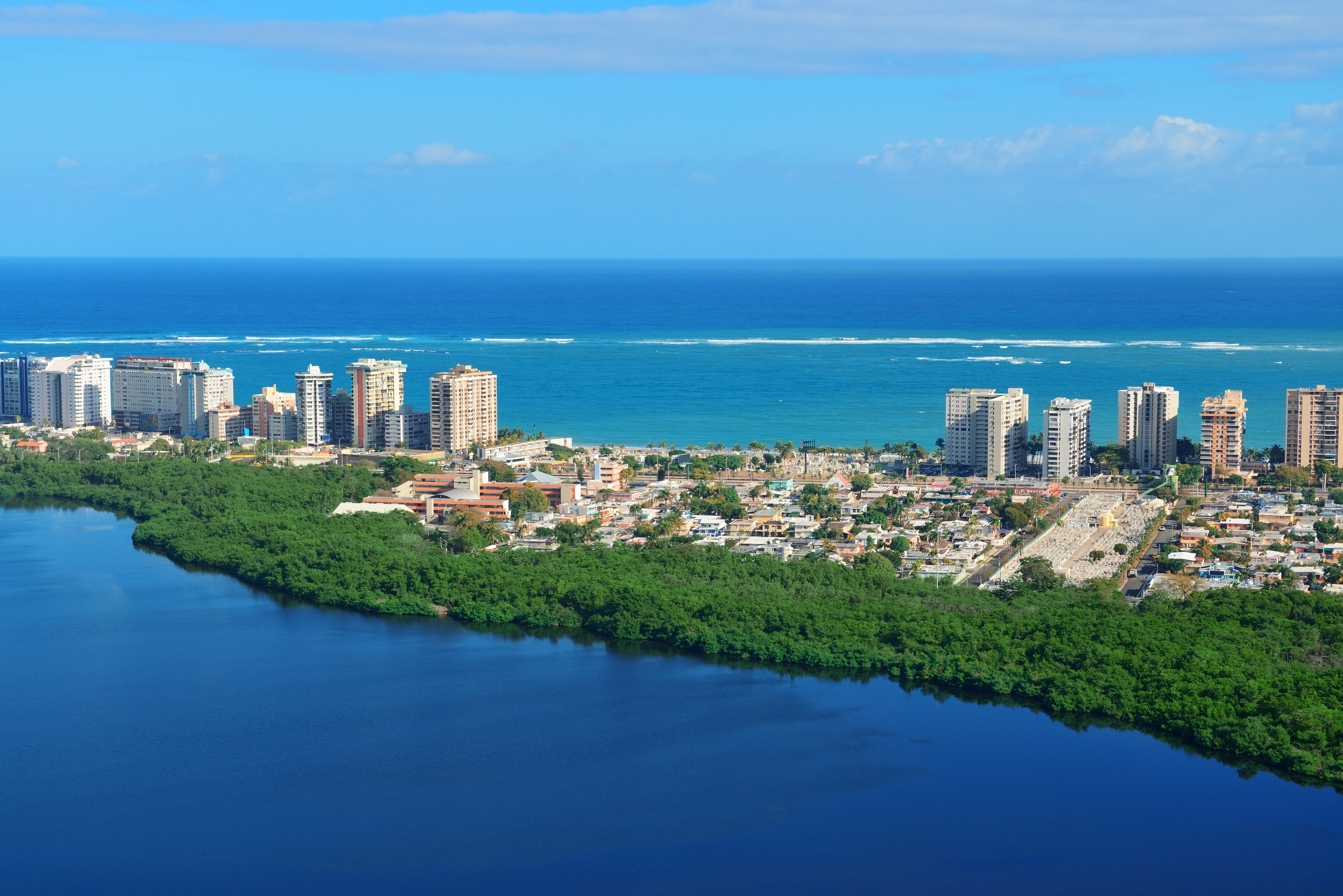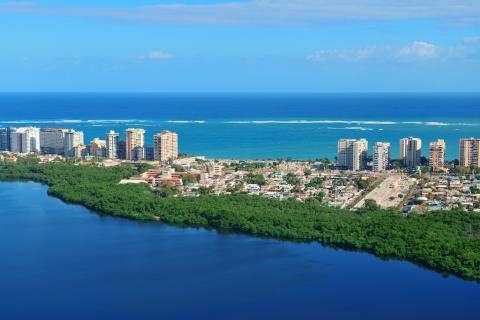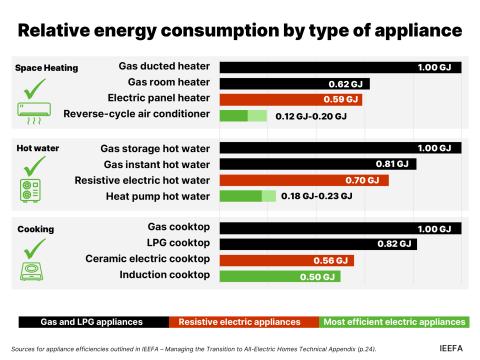IEEFA testifies at Puerto Rico PREPA debt restructuring hearing

Key Takeaways:
A plan to restructure Puerto Rico utility debt would raise electric rates for the next 35 years.
The proposal would jeopardize the utility’s ability to provide reliable sources of electricity.
Rates should not be raised until the island’s electrical grid has been rebuilt.
IEEFA Director of Financial Analysis Tom Sanzillo testified yesterday before the U.S. District Court on a proposed plan of adjustment for the Puerto Rico Electric Power Authority (PREPA).
The plan by Financial Oversight and Management Board (FOMB) would restructure more than $9 billion in debt owed the bankrupt public corporation by raising electric rates for the next 35 years or more to pay debt service on more than $2.5 billion in new bonds, as well as other payments to bondholders.
“PREPA cannot support repayment of legacy debt through rates without jeopardizing PREPA’s ability to provide the essential public service of reliable electricity,” said Sanzillo.
Sanzillo has already submitted extensive testimony to the court arguing that the proposed plan is not viable, given the current situation of Puerto Rico’s electric system. Puerto Rico’s median income is less than half of the poorest U.S. state, and its residents pay among the highest rates in the country for an extremely unreliable service. Sanzillo’s testimony has pointed out:
- Puerto Rico’s electrical system is currently unable to provide adequate electrical service, with frequent outages and voltage instability. Efforts to achieve balanced budgets and transform the grid to renewable energy, which would lower and stabilize costs, have not yet borne fruit.
- PREPA’s cash position continues to be dependent on commonwealth contributions. Without recent cash infusions from the commonwealth government to PREPA, the utility would have run out of cash.
- A review of PREPA’s fiscal plan shows that the utility is still running a deficit.
- The fiscal plan that supports the plan of adjustment does not present a clear picture of PREPA’s revenues and expenditures, and it includes savings initiatives that are poorly documented and do not include an assessment of their likelihood to materialize.
- The fiscal plan underestimates the future maintenance and capital needs of the grid that will be needed to achieve basic reliability standards, giving the appearance that there is more money available for debt service. This will either force rates even higher in the future to make the necessary grid improvements or leave Puerto Rico with a dysfunctional electrical system for the foreseeable future.
“The correct path is not to impose rate increases to pay the legacy debt, at least until the electrical system has been successfully rebuilt, a credible budget and fiscal plan oversight process is established, and the new system is run for a period of time with improved reliability and balanced budgets,” said Sanzillo.
The court hearings on the PREPA plan of adjustment are scheduled to continue through March 19th. U.S. District Judge Laura Taylor Swain will decide whether to accept or reject the plan after the hearings conclude














